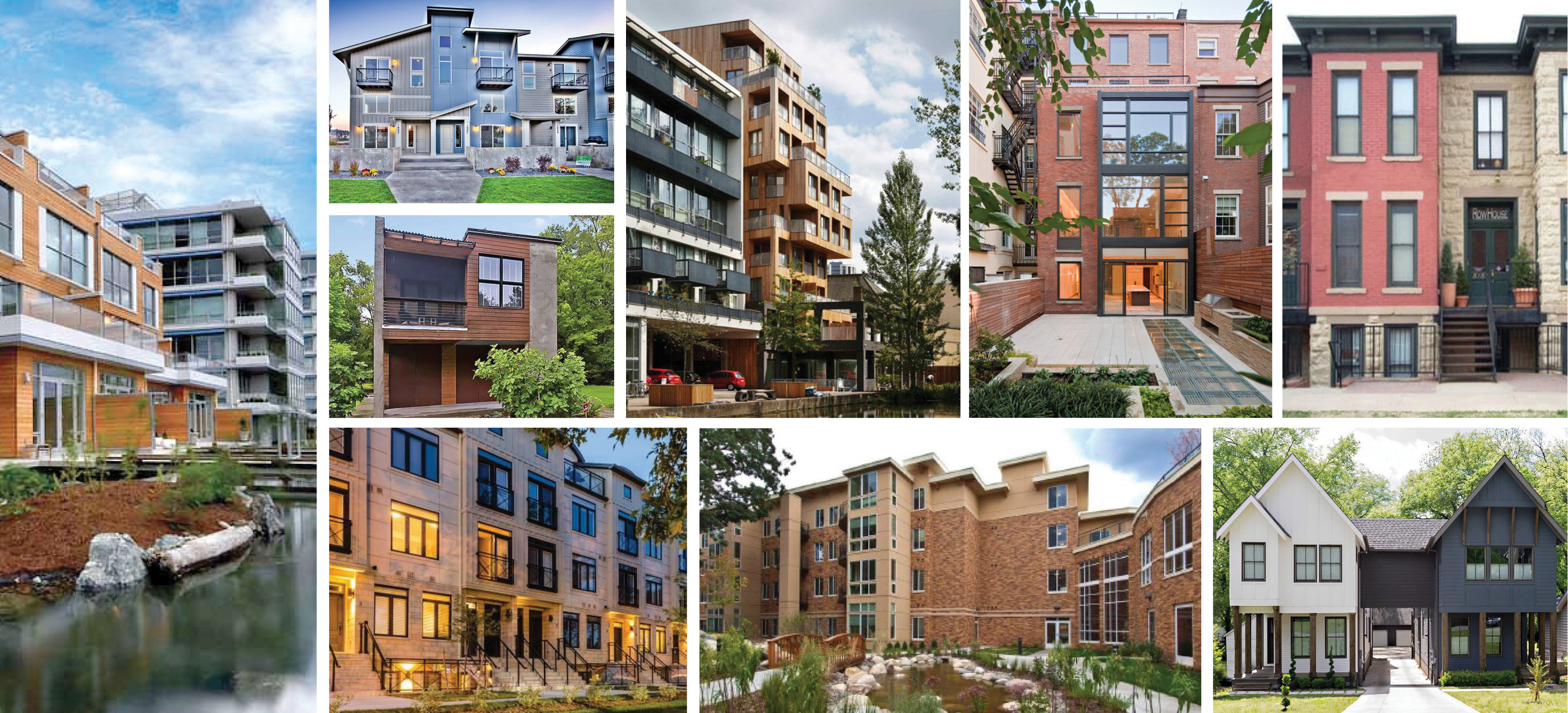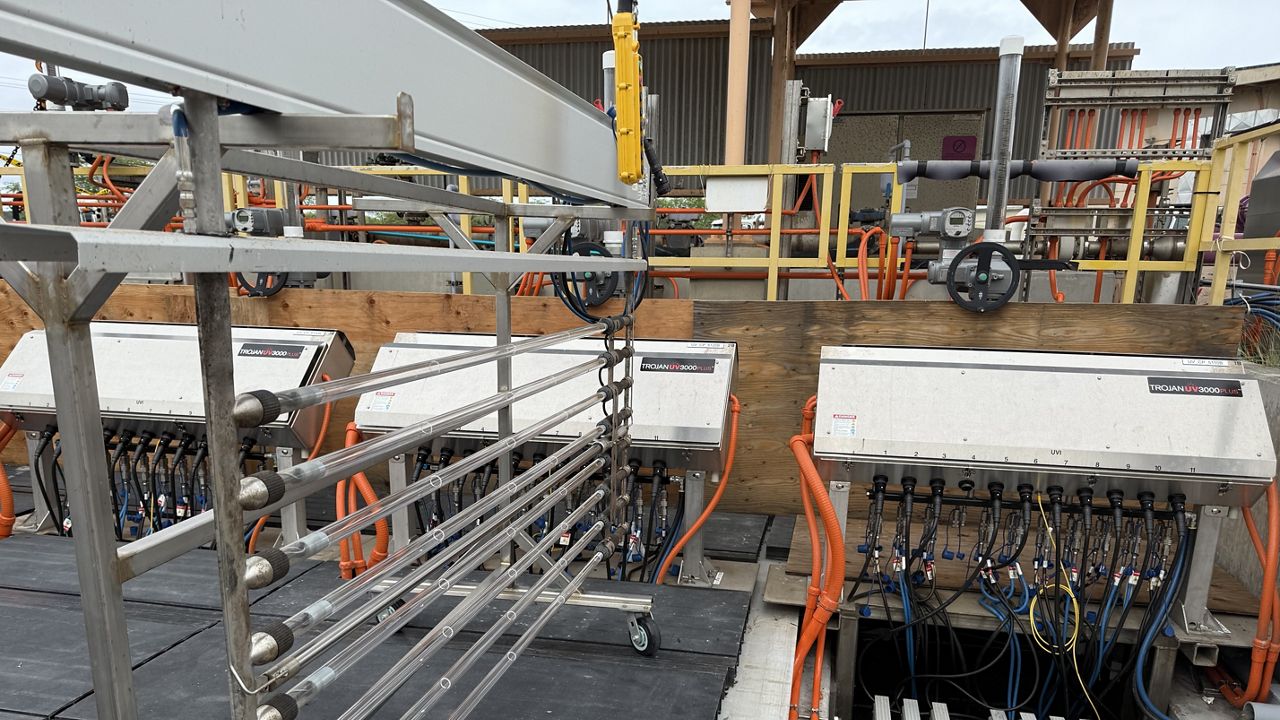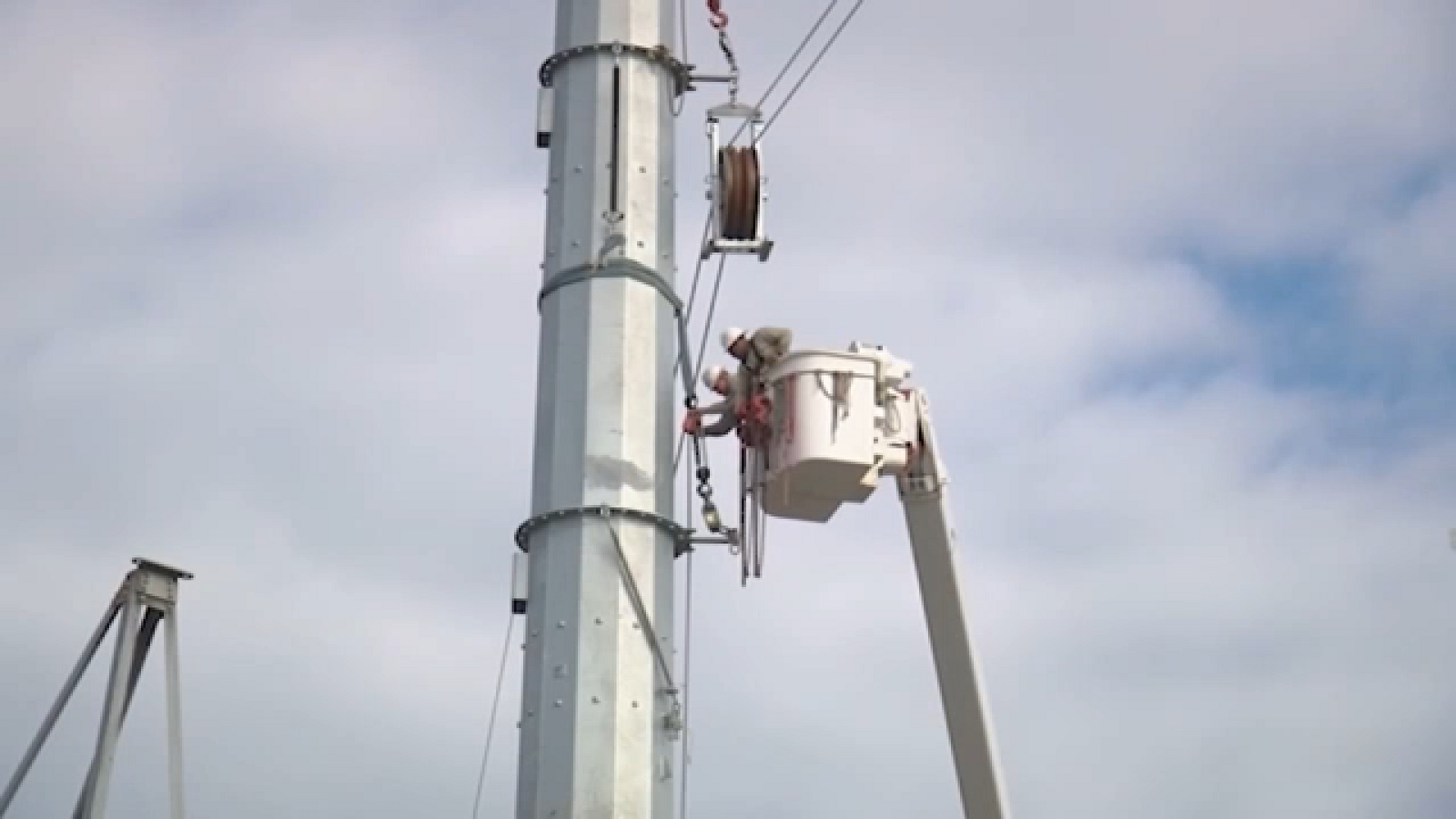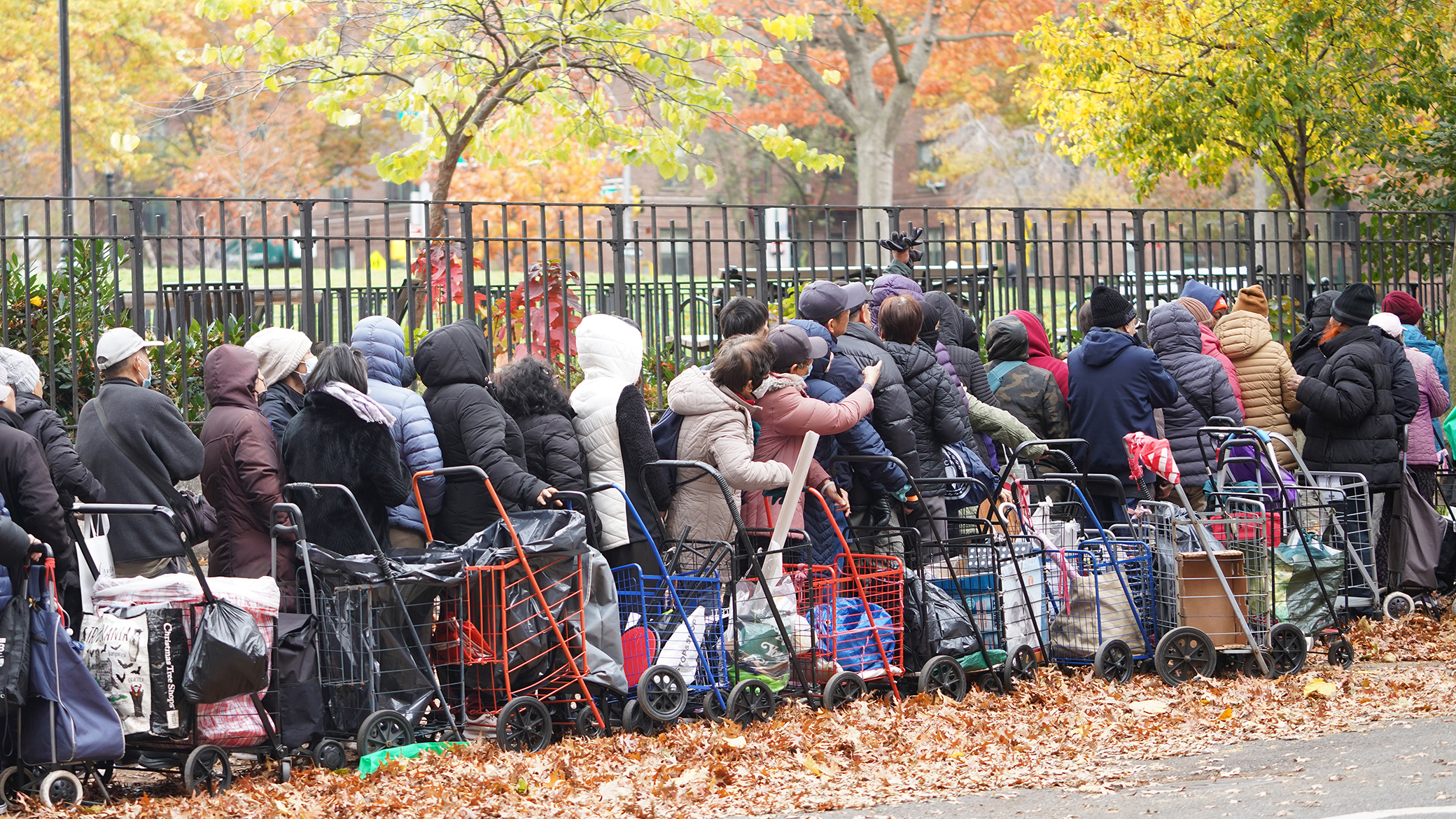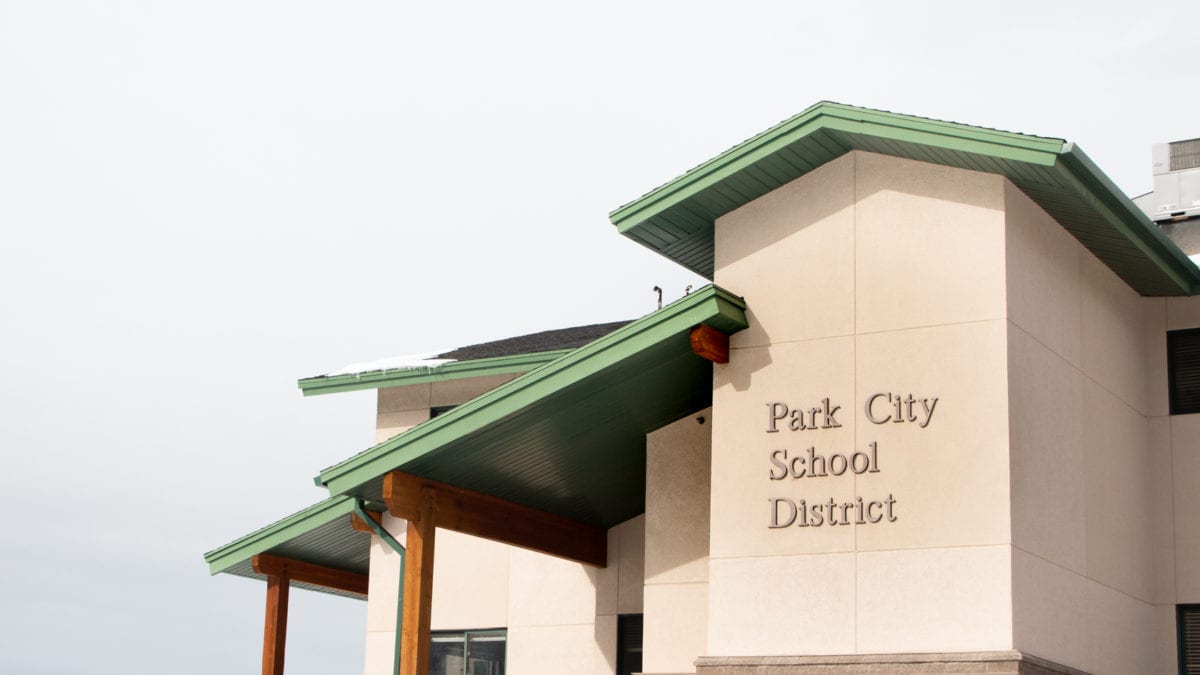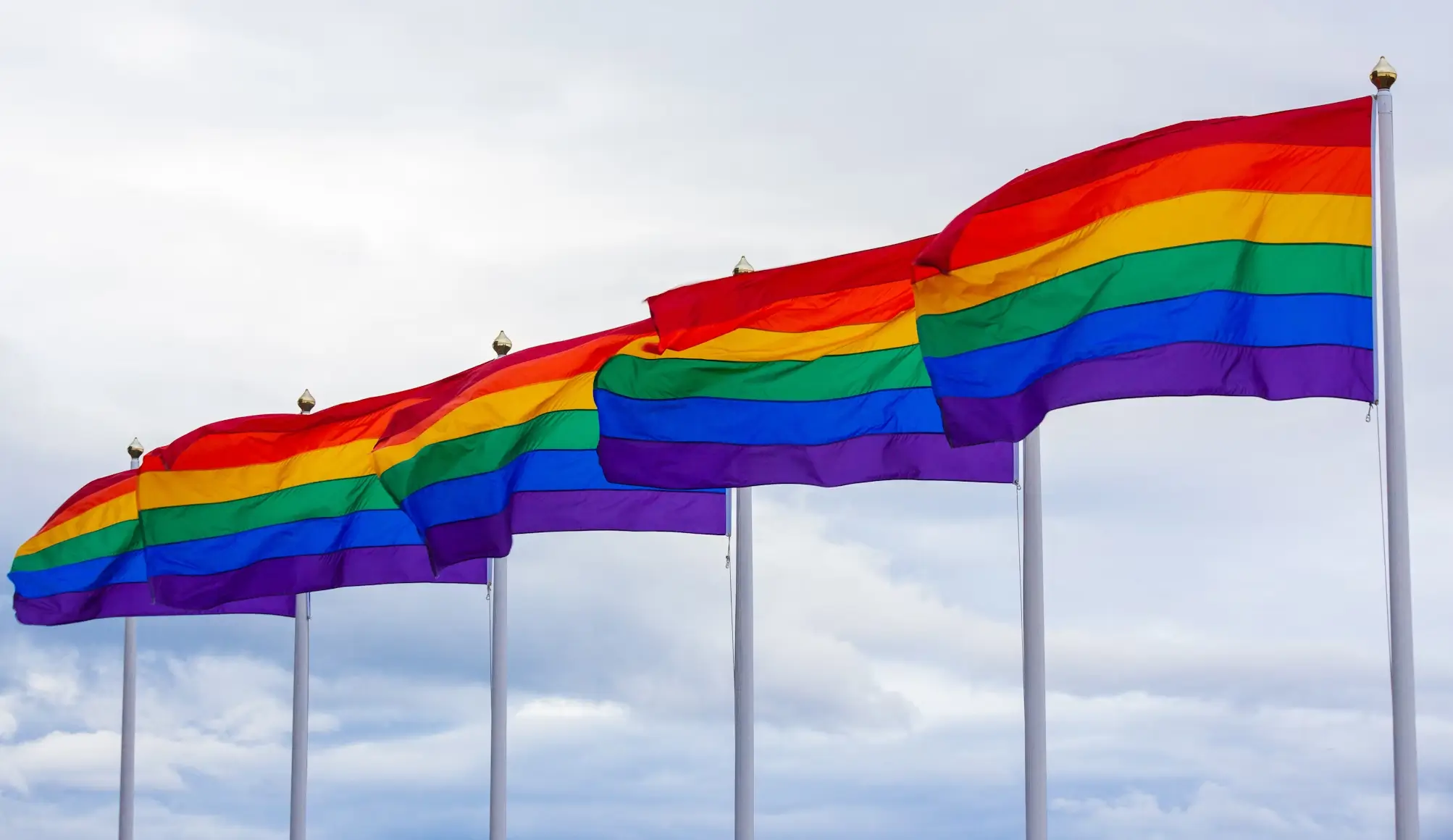Gender Equality in South Africa
This article talks about the efforts of the South African government to bridge the gender gap.

This article talks about the South African governments pilot program (Gender equality framework) across it's different agencies. The GEF is trying to promote gender equality in the work place. It does this by addressed different gender disparities going on. The government is trying to bridge the gender pay gap, as well as give more opportunities for women in the work place. They are also working on increasing equality in the workplace as far as treatment of employees goes.
Tackling the persistent gender pay gap, South African
government departments pilot gender equality framework,
and more
Evidence-based tools to tackle the persistent gender pay gap
At a recent Global Government Forum webinar, experts from the UK and Canada shared thoughts on why the gender pay gap has proved so tough to tackle, and what needs to happen now.
Information is power: In February, the Government of Canada launched the Equi’Vision online tool, which provides information on representation rates and pay gaps in the federally regulated private sector for the four groups covered by the Employment Equity Act: women, Indigenous people, people with disabilities, and members of visible minorities.
Renée Roussel, director general, Federal Programs – Labour Program, Employment and Social Development Canada, called it a “first of its kind” and said: “This initiative provides the information needed so that employers and employees can find solutions to recognise the value of all workers.”
A complex problem: Analysis finds that the gender pay gap in the UK now stands at 14.3%. “And this gets worse as you get older,” said Lucille Thirlby, assistant general secretary of the FDA, a trade union representing senior civil servants. Further, disabled women face the highest pay gap at 35% compared to non-disabled men, which Thirlby said is the equivalent of £7,000 a year.
She highlighted the “complex, varied and long-term” root causes of gender pay gaps, from direct discrimination to structural factors, such as occupational segregation, the part-time pay penalty, women’s disproportionate responsibility for unpaid caring, and women’s concentration in “low-paid, highly feminised sectors”.
What works: Kadie Philp, commissioner and chief administrative officer, Pay Equity Commission of Ontario, observed that: “In countries, provinces or sub-national governments that have some form of reporting requirements, we see the gender wage gap closing much quicker.”
She highlighted work the province is doing to tackle some of the systemic issues raised, such as Ontario’s Pay Equity Act, established in 1987, and outlined how Ontario was the first globally to introduce the concept of pay equity as equal pay for work of equal value. The Pay Equity Office also provides a range of tools to support employers.
Read the full webinar summary and replay the event.
South African government departments to pilot gender equality framework
South Africa’s Department of Public Service and Administration (DPSA) has launched a pilot project where select departments will implement the United Nations Development Programme’s (UNDP) Gender Equality Seal.
Gender mainstreaming: The framework enables public institutions to assess their gender responsiveness and take measures to enhance performance in key areas such as gender mainstreaming, leadership and accountability, gender-responsive service delivery, and workplace gender equality.
Practical measures include capacity-building, self-assessment, action plan development, and a final assessment.
Public service reform: Yoliswa Makhasi, the director-general of the DPSA, said that the Gender Seal is an integral part of broader interventions aimed at reforming the public service to effectively address societal challenges. “By integrating gender considerations into our policies and practices, we aim to foster a more equitable and prosperous society for all,” she commented.
Pilot departments: Selected national and provincial departments will participate in the pilot phase of the Gender Equality Seal Project. At the national level, these include but are not limited to: the Department of Public Service and Administration, the Department of Justice and Constitutional Development, the Department of Higher Education and Training, and the Department of Transport.
Roadmap: Gabriel Dava, deputy resident representative of the UNDP, said the Gender Equality Seal will serve as a roadmap for South Africa’s public institutions to accelerate programmes towards gender equality while also strengthening service delivery and accountability to national development goals.
Webinar: Hybrid working and women civil servants
3 October: Online
This webinar will look at the benefits of fitting work around caring responsibilities at home and the potential risk that women who are not in the office as often have less influence in team decisions.
Fears that women could bear the brunt of New Zealand’s public service cuts
As job cuts continue across New Zealand government departments, the Public Service Association (PSA) has warned that women could be hit hardest.
Behind the cuts: The conservative coalition government, elected in October, asked agencies to make savings of between 6.5% and 7.5% as it attempts to reduce spending on public services by around NZ$1.5 billion (US$890 million).
Tertiary Education Commission announcement: In April, staff at the Tertiary Education Commission were told that the organisation is cutting 28 roles including administration and clerical roles like executive assistants, administrators, executive officers and the business support team.
Of the 28, nine roles are vacant, and three-quarters of the remaining roles are filled by women, the PSA said.
‘Disproportionate’ impact: “Every day we are seeing the price public service workers are paying to fund the government’s tax cuts, and these fall disproportionately on work largely carried out by women at TEC,” said Kerry Davies, national secretary for the Public Service Association Te Pūkenga Here Tikanga Mahi.
“We’re concerned that this pattern will be replicated across the public service as agencies cut staff.”
In February, PSA assistant secretary Fleur Fitzsimons warned that “the history of public sector cuts in New Zealand is that women suffer disproportionately”.
Back-office roles: The National Party, which leads the government, campaigned on cutting “back-office expenditure” in public agencies, as part of its ‘Back Pocket Boost’ tax plan.
Data from the Public Service Commission shows that women are more likely to work in clerical and administrative positions, and HR, legal, and policy-related roles.
Finance minister Nicola Willis has said that “women have everything to gain from a government that takes care to spend their tax dollars wisely”.
Training: Women into leadership
Global Government Forum is running two stand-alone but complementary seminars that look at a wide range of issues affecting women who are either looking to move into leadership roles, or who are already in such roles, and who wish to equip themselves for a further upwards move.
Find out more about session one on 24 October and session two on 7 November.
UK government urged to address local elections gender gap
As local elections took place in the UK last week, analysis from women’s rights charity The Fawcett Society and election data provider Democracy Club revealed that just 34% of local election candidates were women.
No progress: The organisations said the findings reflect “a worrying lack of progress” since they last released these figures in 2021, when 33% of candidates who stood were women, and no progress following their last analysis of women’s representation on councils which found that 36% of councillors were women.
“It is clear that without significant and urgent further action, women will continue to remain under-represented when crucial decisions are made about their daily lives,” a statement said.
The data also revealed that just 26% of police and crime commissioner candidates and 27% of mayoral candidates in the latest elections were women.
Way down the list: No party had gender parity in its candidates standing for local election in England, with Labour and the Green Party doing best at 41% and Reform UK having just 22% female candidates. In a list of the most common names of candidates, a woman’s name does not appear until position 17.
Where are all the women? Alesha De-Freitas, Fawcett Society head of policy, research and advocacy, said: “51% of the population but just 34% of the candidates – where are all the women?
“Despite knowing that women tend to be more significantly impacted by local decisions, as we are more likely to rely on council-run services like social care, we are failing to make real progress on women’s representation at local level.
“We urgently need government to collect candidate diversity data – we simply don’t even have the numbers on how bad the situation is for Black and minoritised women. And we need to make being a local councillor accessible to representatives who have caring responsibilities.”
Call to action: The Fawcett Society is calling for government, political parties and local councils to act now to increase women’s representation.
It calls for the government specifically to require political parties to collect their own candidate diversity data; introduce a statutory England-wide, comprehensive parental leave policy for councillors; and introduce a four-term limit for councillors to tackle the problem that more men tend to remain councillors for longer, limiting the opportunities for women to stand. It also calls for a formalised funding scheme for disabled candidates in England to be reinstated.
What is Your Reaction?
 Like
0
Like
0
 Dislike
0
Dislike
0
 Love
0
Love
0
 Funny
0
Funny
0
 Angry
0
Angry
0
 Sad
0
Sad
0
 Wow
0
Wow
0

